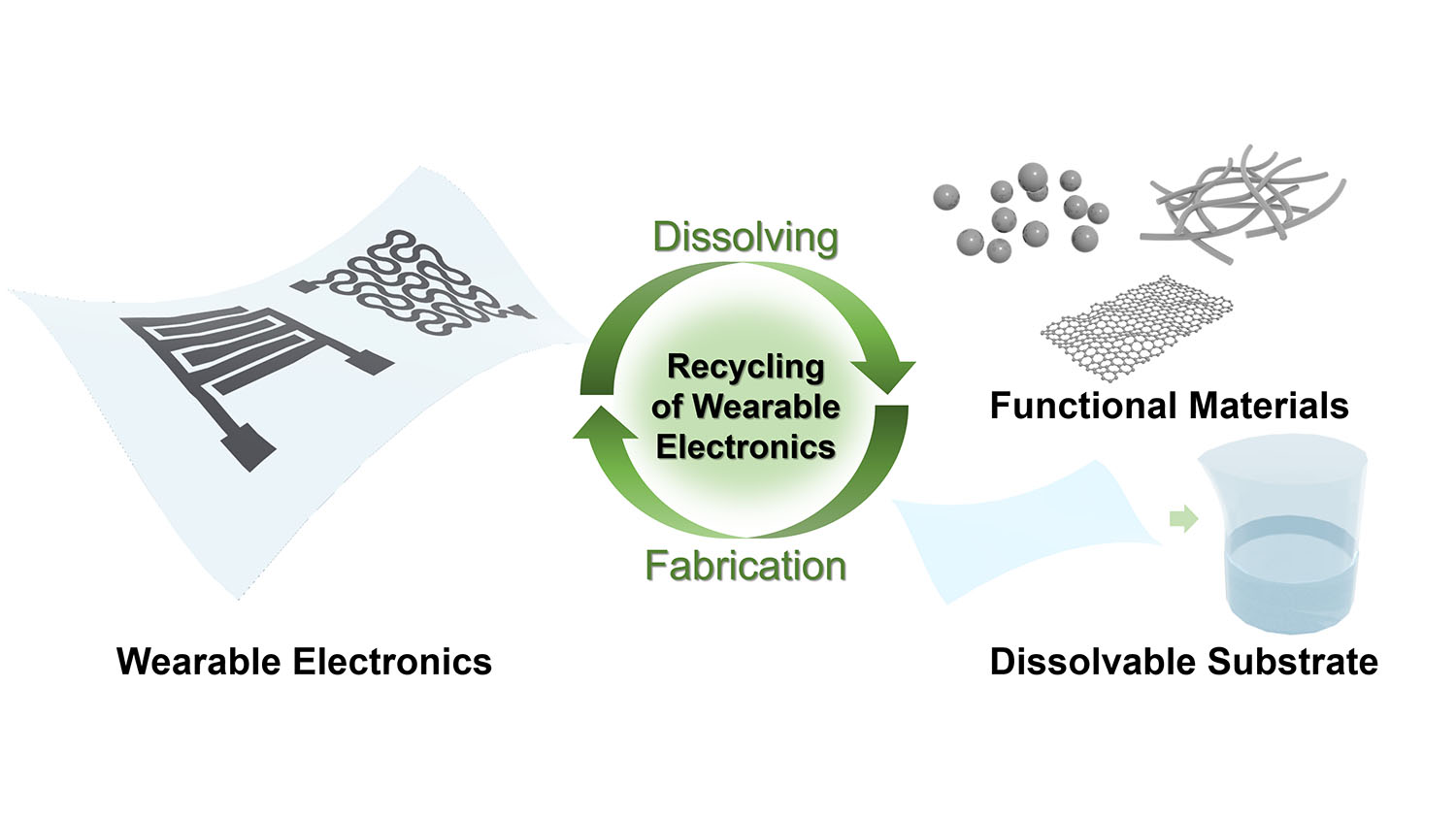2021-08-02 アメリカ合衆国・オークリッジ国立研究所(ORNL)

・ ORNL が、エタノールを再生可能なジェット燃料やディーゼル燃料の構成要素の C3+ オレフィン類に変換する新触媒を開発。
・ 過去に開発した触媒を 10%超向上させ、88%の記録的な C3+ オレフィン類の生成量を達成した。
・ エタノール変換によるC3+ オレフィン類の高収率は、再生可能な輸送用燃料のコスト効果的な生産を後押しするもの。
・ 銅、亜鉛、イットリウムの金属混合物を用いた新しい反応経路を調べることで、記録的な収率を実現した。様々な金属の複雑な化学反応における挙動の基本的な理解に加え、新しい触媒の開発と収率を低下させる炭素析出物の低減の可能性を提示する。
・ 本研究は、過去に開発し、現在 Prometheus Fuels 社に技術供与されている変換プロセスと、単一原子合金触媒を組み合わせた亜鉛-イットリウムベータ触媒を利用した最近の研究をベースとした。
URL: https://www.ornl.gov/news/fuels-higher-yield-catalyst
<NEDO海外技術情報より>
(関連情報)
ACS Catalysis 掲載論文(アブストラクトのみ:全文は有料)
Isolated Metal Sites in Cu-Zn-Y/Beta for Direct and Selective Butene-Rich C3+ Olefin Formation
from Ethanol
URL: https://pubs.acs.org/doi/full/10.1021/acscatal.1c02177
Abstract
Direct and selective production of C3+ olefins from bioethanol remains a critical challenge and important for the production of renewable transportation fuels such as aviation biofuels. Here, we report a Cu–Zn–Y/Beta catalyst for selective ethanol conversion to butene-rich C3+ olefins (88% selectivity at 100% ethanol conversion, 623 K), where the Cu, Zn, and Y sites are all highly dispersed. The ethanol-to-butene reaction network includes ethanol dehydrogenation, aldol condensation to crotonaldehyde, and hydrogenation to butyraldehyde, followed by further hydrogenation and dehydration reactions to form butenes. Cu sites play a critical role in promoting hydrogenation of the crotonaldehyde C═C bond to form butyraldehyde in the presence of hydrogen, making this a distinctive pathway from crotyl alcohol-based ethanol-to-butadiene reaction. Reaction rate measurements in the presence of ethanol and acetaldehyde (543 K, 12 kPa ethanol, 1.2 kPa acetaldehyde, 101.9 kPa H2) over monometallic Zn/Beta and Y/Beta catalysts indicate that Y sites have higher C–C coupling rates than over Zn sites (initial C–C coupling rate, 6.1 × 10–3 mol molY–1 s–1 vs 1.2 × 10–3 mol molZn–1 s–1). Further, Lewis-acidic Y-site densities over Cu–Zn–Y/Beta with varied Y loadings are linearly correlated with the initial C–C coupling rates, suggesting that Lewis-acidic Y sites are the predominant sites that catalyze C–C coupling in Cu–Zn–Y/Beta catalysts. Control experiments show that the dealuminated Beta support is important to form higher density of Lewis-acidic Y sites in comparison with other supports such as silica, or deboronated MWW despite similar atomic dispersion of Y sites and Y–O coordination numbers over these supports, leading to more than 9 times higher C–C coupling rate per mole Y over dealuminated Beta relative to other supports. This study highlights the significance of unique combination of metal sites in contributing to the selective valorization of ethanol to C3+ olefins, motivating for exploring multifunctional zeolite catalysts, where the presence of multiple sites with varying reactivities and functions allows for controlling the predominant molecular fluxes toward the desired products in complex reactions.



